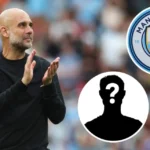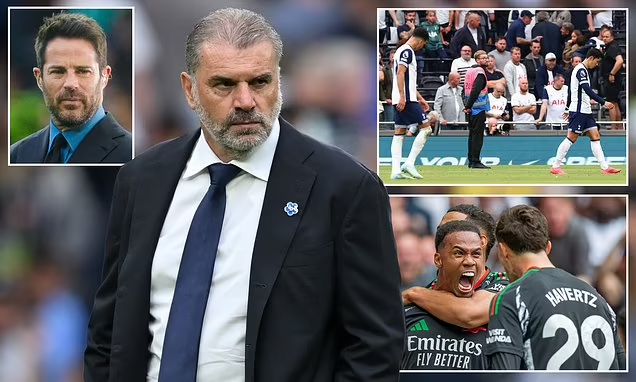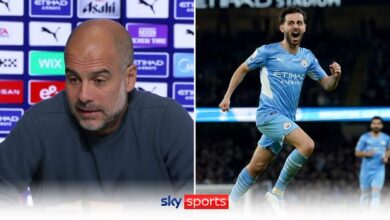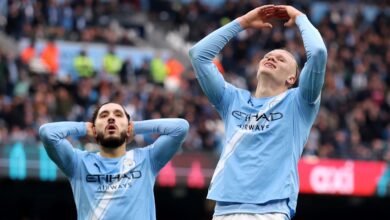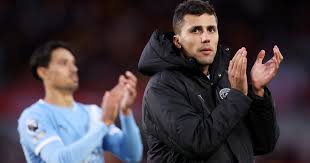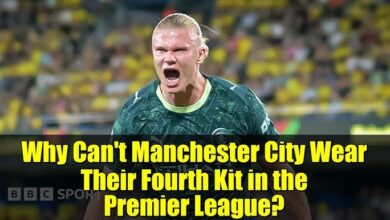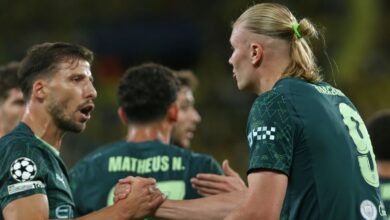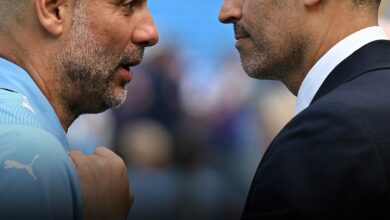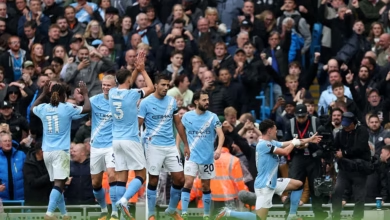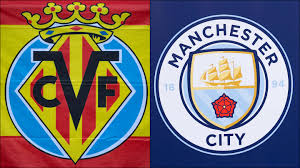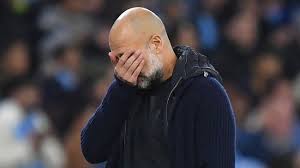The Prodigal Son Returns: James Trafford’s Journey Back to Manchester City
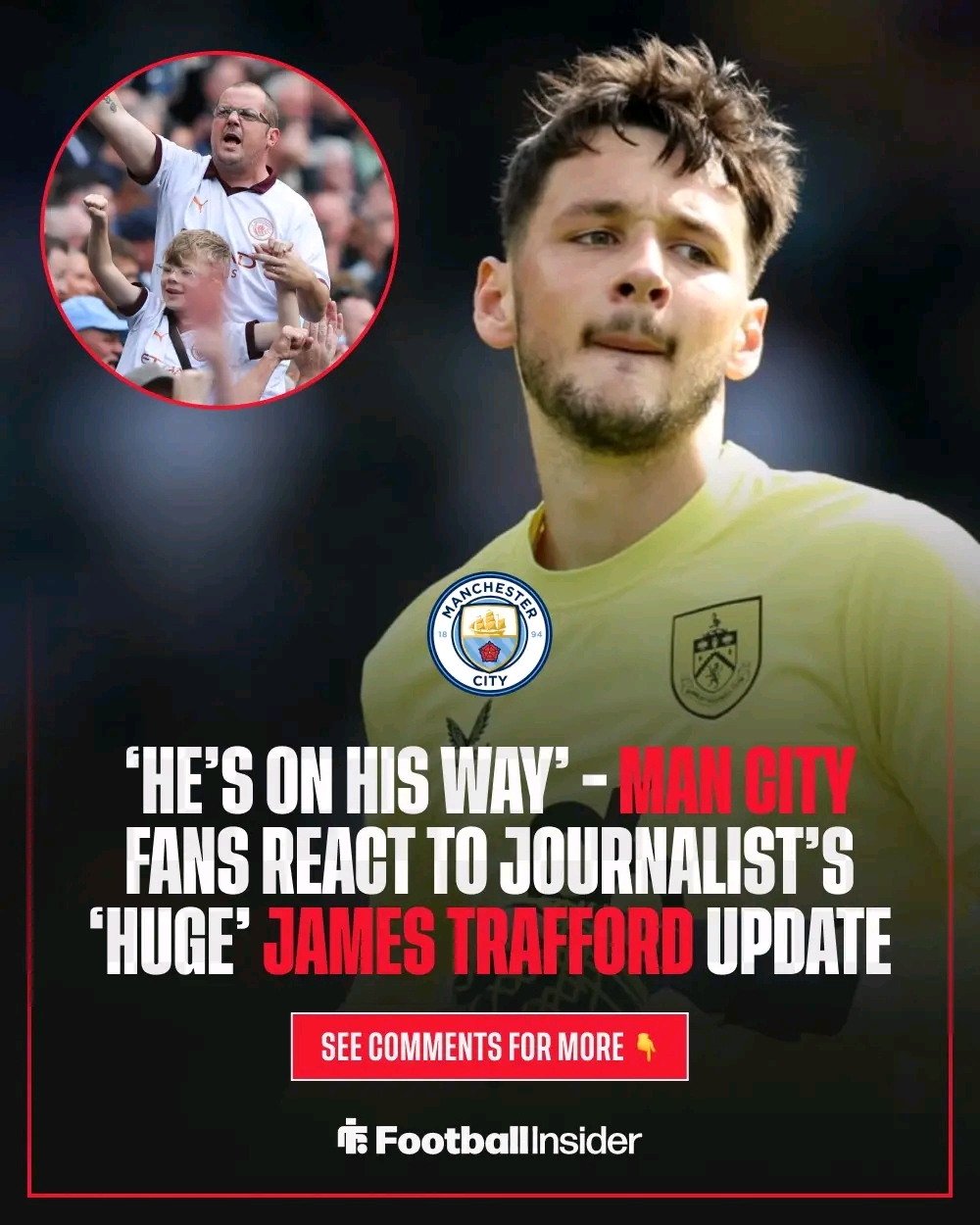
In the ever-evolving landscape of modern football, few stories capture the imagination quite like that of a homegrown talent returning to their roots. The developing saga of James Trafford’s potential return to Manchester City represents precisely such a narrative—a tale of development, opportunity, and the circular nature of football careers that sees promising youngsters venture into the wider world only to return as polished professionals ready to contribute at the highest level.
James Trafford’s journey began in the hallowed corridors of Manchester City’s Etihad Campus, where he progressed through the various youth levels as part of one of England’s most sophisticated academy systems. The young goalkeeper’s development coincided with a period of unprecedented success for Manchester City’s first team, but paradoxically, this success created limited opportunities for academy graduates to break into the senior setup.
The presence of established stars like Ederson, combined with City’s relentless pursuit of immediate success under Pep Guardiola, meant that promising youngsters often found themselves facing difficult decisions about their future development. For Trafford, the choice became increasingly clear: remain within City’s system with limited first-team opportunities, or venture elsewhere to gain the crucial match experience that would define his professional trajectory.
The decision to leave Manchester City was not taken lightly. Trafford had invested years of his life in the club’s development system, forging relationships with coaches and teammates while absorbing the tactical sophistication that characterizes City’s approach to the game. However, the harsh reality of modern football dictated that potential alone would not guarantee opportunities, and the goalkeeper recognized that his long-term career prospects required immediate first-team football.
When Burnley presented an opportunity for regular senior football, it represented more than just a transfer; it was a calculated gamble on his own ability and potential. The move to Turf Moor would provide Trafford with the platform to demonstrate whether the promise shown during his academy years could translate into consistent performance at professional level.
Trafford’s arrival at Burnley coincided with the club’s relegation to the Championship, a development that initially appeared to represent a step backward in his career trajectory. However, this apparent setback would ultimately prove to be the making of the young goalkeeper, providing him with exactly the type of challenging environment necessary for accelerated development.
The Championship represents a unique proving ground for young players, offering a combination of physicality, tactical diversity, and relentless fixture scheduling that tests every aspect of a player’s game. For goalkeepers specifically, the division’s varied playing styles—from direct, physical approaches to more sophisticated passing games—require adaptability and mental strength that cannot be developed in training environments alone.
Under Scott Parker’s guidance, Trafford flourished in this demanding environment. The former England international manager’s emphasis on defensive organization and tactical discipline provided the perfect framework for a young goalkeeper to develop his decision-making and leadership qualities. Parker’s system demanded that Trafford assume responsibility not just for shot-stopping, but for organizing the defensive unit and initiating attacking moves through precise distribution.
The statistical evidence of Trafford’s development during his time at Burnley tells a compelling story. His record-breaking 29 clean sheets during the 2024-25 Championship campaign represents more than just defensive solidity; it demonstrates sustained excellence over the course of a grueling 46-game season. This consistency, maintained across different opposition styles and varying match situations, provided clear evidence that Trafford had developed the mental fortitude and technical reliability required for top-level football.
The goalkeeper who left Manchester City as a promising academy graduate returned as a fundamentally different player, having undergone significant technical and tactical development during his time away from the Etihad. The demanding nature of Championship football had forced Trafford to refine every aspect of his game, from basic shot-stopping techniques to sophisticated distribution patterns that would prove essential for any potential return to City’s system.
Trafford’s distribution, in particular, underwent remarkable improvement during his Burnley tenure. The Championship’s tactical diversity exposed him to various pressing systems and defensive shapes, requiring him to develop multiple solutions for different game situations. His ability to pick out teammates with both short, precise passes and longer, more direct distributions became increasingly sophisticated, suggesting that he had absorbed many of the lessons that would be essential for success in Guardiola’s possession-based system
The psychological aspects of Trafford’s development proved equally important. The pressure of being Burnley’s first-choice goalkeeper, combined with the weight of expectation surrounding the club’s promotion aspirations, provided him with invaluable experience in handling high-stakes situations. His performances in crucial matches demonstrated the kind of mental resilience that separates promising youngsters from established professionals.
Perhaps most significantly, Trafford’s time at Burnley allowed him to develop his leadership capabilities in ways that would have been impossible within Manchester City’s established hierarchy. As the last line of defense, he learned to communicate effectively with more experienced teammates, organize defensive units, and maintain concentration throughout matches where defensive discipline often determined results
While Trafford continued his development at Burnley, Manchester City’s circumstances evolved in ways that would ultimately create the perfect opportunity for his return. Ederson’s potential departure to Turkish giants Galatasaray has created an immediate need for goalkeeping reinforcements, but the broader context suggests that City’s approach to squad building has undergone subtle but significant changes.
The club’s recent emphasis on integrating younger players into the first-team setup reflects both practical considerations—Financial Fair Play regulations and the need for squad renewal—and philosophical evolution under Guardiola’s continued guidance. The Catalan manager has demonstrated increasing willingness to trust promising youngsters, particularly those who have gained valuable experience elsewhere before returning to the City fold.
From a tactical perspective, Trafford’s profile aligns perfectly with Manchester City’s evolving needs. His experience in different systems during his time at Burnley has provided him with tactical flexibility that could prove invaluable in Guardiola’s complex approach to the game. Unlike goalkeepers who have developed within single tactical frameworks, Trafford has demonstrated adaptability across various playing styles, suggesting that he could seamlessly integrate into City’s sophisticated system.
The financial considerations surrounding Trafford’s potential return also represent an attractive proposition for Manchester City. The £40 million buy-back clause negotiated as part of his original departure provides City with a significant advantage in any potential negotiations, while the player’s homegrown status offers additional benefits in terms of squad registration and Financial Fair Play calculations.
The enthusiastic response from Manchester City supporters to reports of Trafford’s potential return demonstrates the enduring appeal of homegrown talent in modern football. In an era where global superstars dominate transfer headlines, the prospect of an academy graduate returning to contribute at the highest level resonates with fans who value the club’s connection to local talent and youth development.
The social media response to Romano’s report reveals the depth of feeling among City supporters, with many expressing genuine excitement about Trafford’s potential return. Comments ranging from “Let’s break the bank” to declarations that he represents the “perfect replacement for Ederson” suggest that fans view him not merely as a cost-effective alternative, but as a legitimate solution to the club’s goalkeeping needs.
This fan sentiment extends beyond mere nostalgia for academy products. Trafford’s impressive statistical record at Burnley has provided supporters with concrete evidence of his development and capability, creating genuine optimism about his potential contribution to the first team. The combination of emotional connection and demonstrated ability represents an ideal scenario for both player and supporters.
The contrast between fan reactions to Trafford’s potential return and typical transfer speculation is particularly noteworthy. While supporters often express skepticism about expensive signings from other clubs, the prospect of bringing back a homegrown talent who has proven himself elsewhere generates almost universal enthusiasm. This dynamic suggests that successful reintegration of academy graduates could become an increasingly important element of Manchester City’s transfer strategy
The involvement of Newcastle United in pursuing Trafford adds another layer of complexity to the developing situation, highlighting the competitive market for promising English goalkeepers and the strategic considerations that influence modern transfer negotiations. Newcastle’s interest in Trafford as a potential long-term successor to Nick Pope demonstrates the high regard in which the young goalkeeper is held throughout the Premier League.
However, Manchester City’s built-in advantages—the buy-back clause, existing relationship with the player, and superior financial resources—position them favorably in any potential bidding war. The £40 million valuation set by Burnley, while substantial, represents reasonable value in the current market for proven Premier League-quality goalkeepers, particularly those with significant upside potential.
The timing of these negotiations proves crucial for all parties involved. Burnley’s recent promotion to the Premier League increases their negotiating power, as they can reasonably argue that Trafford’s services will be essential for their top-flight survival. Conversely, Manchester City’s need for immediate goalkeeping reinforcements following Ederson’s potential departure creates urgency that could benefit Burnley’s negotiating position.
Newcastle’s withdrawal from active pursuit appears to reflect both the financial realities of competing with Manchester City and the practical challenges of convincing a player to choose St. James’ Park over a return to his boyhood club. This dynamic illustrates how emotional connections and career narratives can influence transfer decisions beyond simple financial considerations.
Trafford’s potential return represents more than just a solution to immediate goalkeeping needs; it could signal a broader strategic shift in Manchester City’s approach to squad building and talent development. The successful reintegration of an academy graduate who has gained valuable experience elsewhere could serve as a template for future player development strategies.
This approach offers several advantages over traditional transfer market activities. Academy graduates possess inherent understanding of the club’s culture and values, reducing integration time and potential personality conflicts. Their emotional connection to the institution often translates into enhanced commitment and motivation levels that can prove invaluable during challenging periods.
From a financial perspective, the strategy of allowing promising youngsters to develop elsewhere before reacquiring them at premium prices may seem counterintuitive. However, the guaranteed nature of buy-back clauses provides City with security in their investment while ensuring that players receive the development opportunities they require. This approach could become increasingly attractive as Financial Fair Play regulations continue to influence transfer market behavior.
The broader implications extend to Manchester City’s reputation as a development destination for young players. Successful examples of academy graduates leaving, developing, and returning to contribute at first-team level could encourage other promising youngsters to remain within City’s system, confident that pathways to senior football exist even if they require temporary departures.
The James Trafford transfer saga embodies the cyclical nature of modern football careers and the complex interplay between individual development, institutional needs, and market forces. His journey from Manchester City academy prospect to Championship standout to potential Premier League number one represents a case study in how talented individuals can navigate the challenging landscape of professional football.
Should Trafford’s return to Manchester City materialize, it will mark not just the acquisition of a proven goalkeeper, but the validation of an alternative approach to player development that could reshape how elite clubs manage their academy products. The success of this potential transfer will be measured not only in saves made and clean sheets achieved, but in its demonstration that homegrown talent can compete at the highest level when provided with appropriate development opportunities.
The enthusiastic response from Manchester City supporters reflects deeper currents within modern football fandom, where connections between clubs and local communities become increasingly important as the sport becomes more globalized and commercialized. Trafford’s story offers hope that these connections can endure and thrive even within the complex realities of elite-level competition.
As transfer negotiations continue in the coming days, the football world will be watching to see whether this particular homecoming story reaches its anticipated conclusion. Regardless of the outcome, James Trafford’s journey has already demonstrated the potential for alternative pathways to success in modern football, providing inspiration for countless young players pursuing their own professional dreams.




